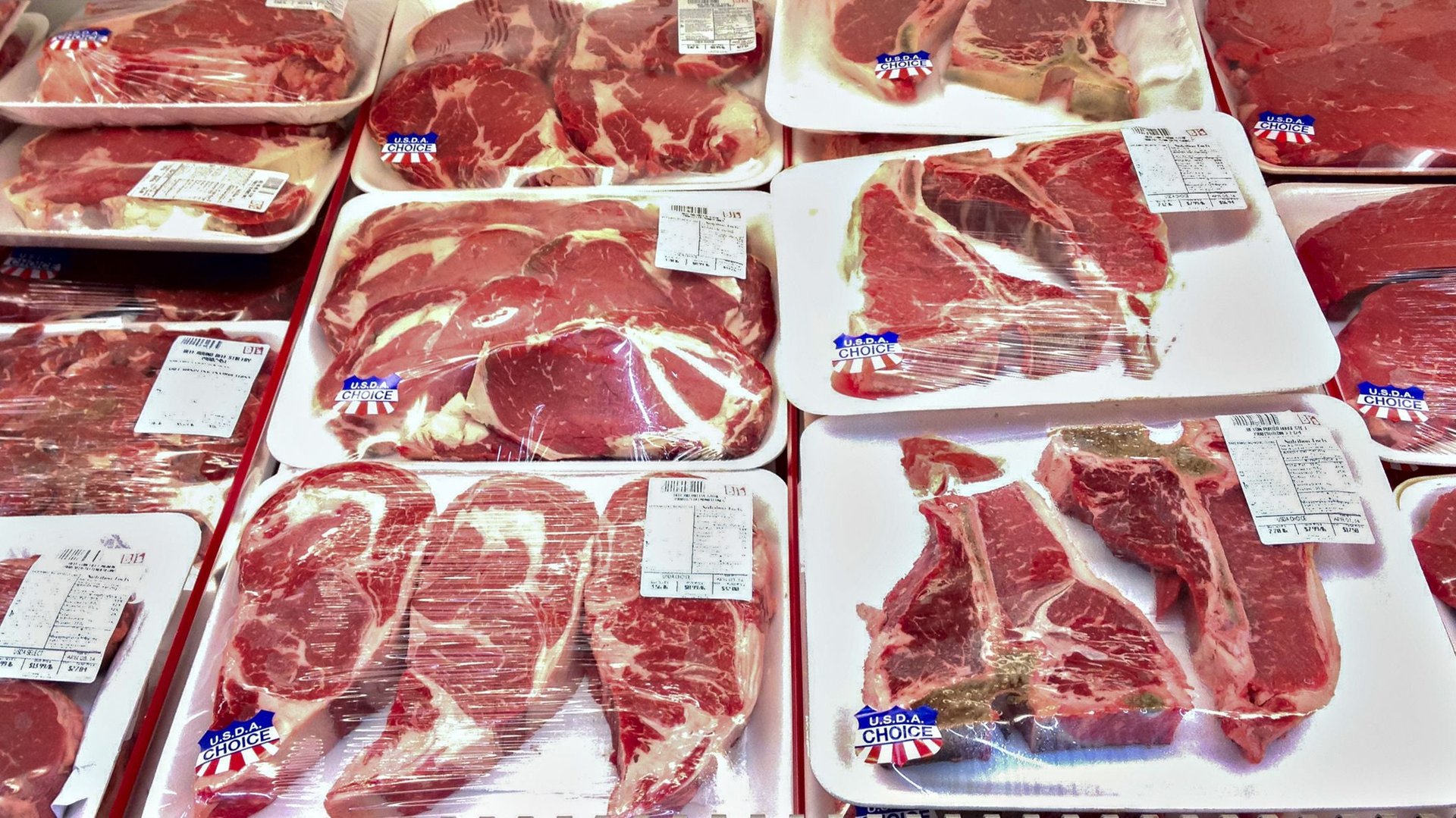The US government has redefined “pink slime” as ground beef
Everybody seems to be trying to make a comeback these days, deserved or not. Even “pink slime.”


Everybody seems to be trying to make a comeback these days, deserved or not. Even “pink slime.”
The term became a dirty word back in 2012 after ABC News ran a segment on beef slaughterhouses, coining the term and setting off a public debate about what’s going into the meat products that we eat in the US. Beef Products Inc., a company that makes pink slime, sued the television network for defamation after its sales plummeted, and two entities settled for a reported $177 million in 2017.
Now the US Department of Agriculture this week reclassified the product, saying it can officially be called “ground beef.”
The term “pink slime” is actually a derogatory one for all the little cuttings and “trim” that appear when cattle carcasses are being sliced up into steaks. At the end of that process, a slaughterhouse essentially packs up all those trimmings and ships them off to be processed into ground beef. Ground beef has a limit to the amount of fat it can contain—no more than 30%—and to control that, processing facilities run those trimmings through a special system.
First the trimmings are heated to about 100° F (37.7° C). Then they are put through a centrifuge to separate the fat tissue from the muscle tissue. The muscle tissue is sterilized with ammonia (which is commonly used in food production and safe in small amounts) and the resulting product is called “lean finely textured beef,” or pink slime. Or… err… “ground beef.”
Whatever you want to call it, it’s making a comeback under a nicer name than pink slime. And if it can make a comeback, who can’t?